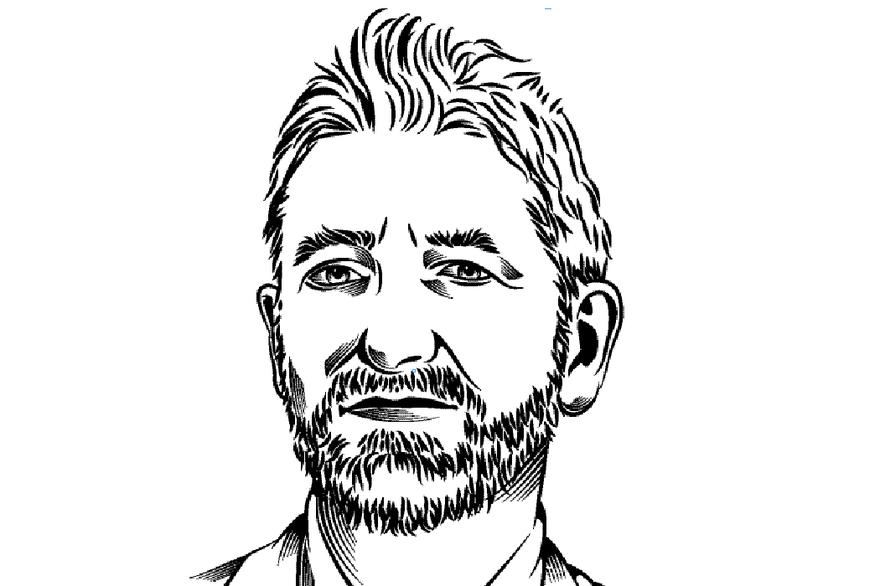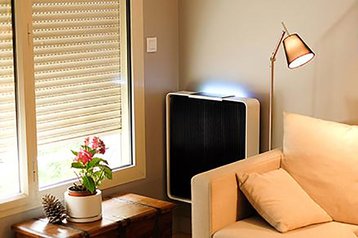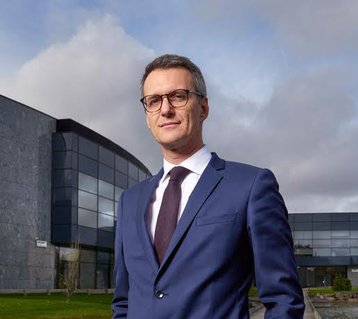After years of work, it looks like the idea of distributed cloud heating is gaining some acceptance: the French pioneer of the idea has got backing from a conventional data center firm, as well as a new direction as part of the Internet of Things.
It was 2014 when I heard of Qarnot, the French company which makes a radiator that provides free heat. The heat source is a processor module carrying out computation for cloud customers.
Qarnot had been developing the idea for some time before that, and similar approaches have also emerged from other places: from Cloud&Heat in Germany, from Exergy in the US, and from Nerdalize in the Netherlands, to name three.
Why waste heat?
All of these players start from the observation that computing creates heat which is wasted. The heat could be useful, but it’s difficult to do this in a centralized data center, remote from people.
While some data centers go to some lengths to reduce the amount of heat produced, and others work hard to reuse it, Qarnot took a different approach to the problem: while it’s difficult to transport heat, it’s easy to transport data. So the company proposed breaking a data center into small units, and installing them in homes and offices, where their heat can be useful.
These Q.rads are fed computation using the Q.ware distributed computing software, Qarnot pays for the electricity they use, and the house they are in gets the heat for free.
We are an alternative to data centers but we are not enemies
Paul Benoit, Qarnot
The other unspoken benefit is that Qarnot doesn’t have to own a lot of real estate to install its servers.
It’s an idea which has had some traction: the French bank BNP Paribas is performing risk calculations on Qarnot distributed heaters, and the local government in Gironde, Bordeaux has bought some to heat public housing.
But last week we heard that French data center company Data4 has invested €2.5 million in Qarnot, and will be combining Qarnot distributed heaters with high performance computing (HPC) services offered from its own data centers.
Two complementary approaches?
Data4’s CEO, Olivier Micheli told me that the two approaches are complementary. While the Q.rads are great for computing, data storage produces less heat. And while the distributed system can provide flexible capacity, customers need some of their work to be in the guaranteed environment of a data center.
“We are an alternative to data centers, but we are not enemies,” said Paul Benoit, CEO of Qarnot. “The future will be a combination of centralized and decentralized.”
The investment is not a takeover, and Qarnot aims to continue to expand, with plans to find partners in the US and in China.
There’s also a lot of work going into the Q.rad product. The first units looked fairly utilitarian, but they are now considerably sleeker, and are starting to get extra features aimed at improving the service to the heat-customers who house them. The latest Q.rads have wireless charging for phones, for instance.
They also have sensors, an addition which points to future developments in the product. The Internet of things is instrumenting many of the objects that surround us, and a growth in edge data centers is expected, to handle all the data this will produce.
A Q.rad could become a tiny edge data center in the living room, with just the right attributes for handling the IoT.
A version of this article appeared on Green Data Center News




